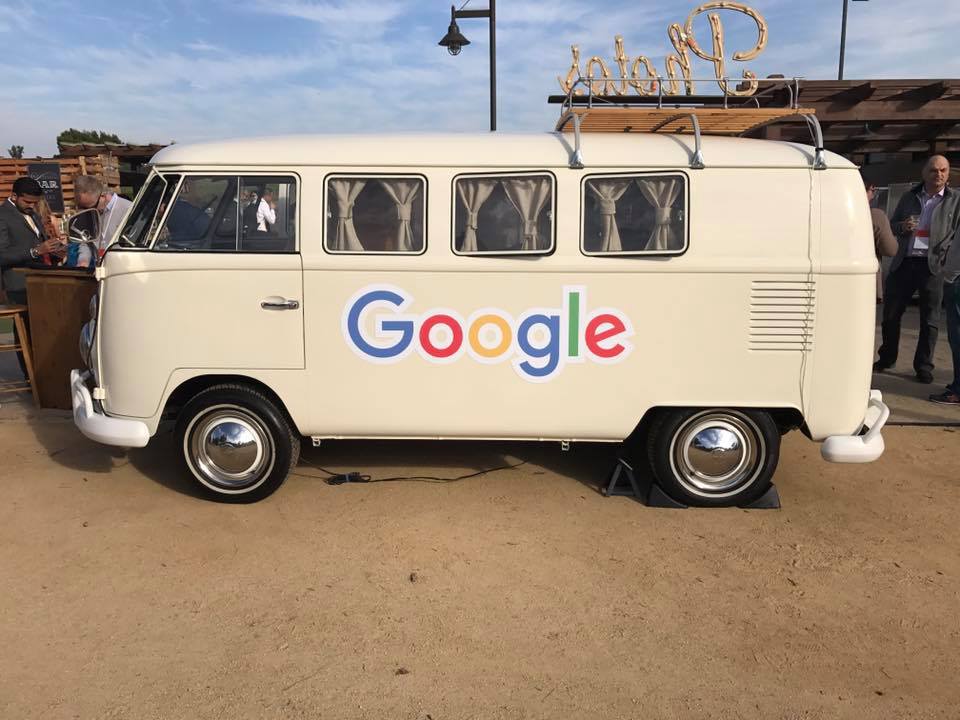
Review of the 2016 Google Partners Summit
The annual Google All-Stars conference was held toward the end of 2016. This is a report from Jeremy Easterbrook, founder and CEO of Index, who was there.
This year, the event brought together 900 experts from around 300 partner agencies. In total, 51 countries were represented by those who attended the three days of presentations by Google in California.
I was thrilled with the topics covered during the last edition, but this year the format was refreshed. This time, Google’s overall culture was explored and presentations were less focused on technical topics.
The theme of the Google Summit highlighted the digital transformation that continues to take place on a global scale in terms of mobile behaviors, explosion of online video, virtual reality, the use of machine learning, and corporate diversity. What follows is a condensed summary of the three main trends of this year.
According to Cisco, 80% of Internet traffic will be video by 2019. In the US, the second quarter of 2016 posted surprising statistics – the cancellation of 625,000 cable subscriptions. This decline is caused by 18 to 34 year-olds who have decreased their television viewing by 9%, with a 48% increase in video consumption on YouTube. Google also announced the launch of several new products: the Dream View headset and its native integration with its Pixel phone, YouTube Music and the YouTube 360 application. As marketers in 2017, our planning needs to embrace the biggest trends in digital video: music, diversity, mobility, and immersive experience.
Although we’ve been talking about mobile for several years now, it is fundamental that we adapt to the new reality of consumers. We must stop looking for the perfect measurement tool for the Web because it just doesn’t exist. Mobile has demolished our current measurement tools such as cost per acquisition, number of clicks, return on ad spend, and so on. Target has found that an omnichannel buyer, who uses multiple devices to complete a purchase, is worth three times more than a single-channel buyer. Today’s leaders have changed their key performance indicators (KPIs) for micro-conversions higher up in the funnel, measuring, for example, the use of a branch locator instead of measuring online sales.
Seeking homogeneity in an organization is a natural tendency. Yet studies show that socially diverse teams deal with problems more effectively. Despite this, minorities and women are still underrepresented in technology – a disturbing trend according to Google. Their research has shown that five key factors help make teams even better: freedom to take risks, dependability, clarity of expectations, meaning of work, and impact of work. The advertising giant has even created re:Work, a site dedicated to making workplaces more efficient.
Google is a leader in our industry. It was a privilege to be able to learn more about Google’s philosophy because its impact will be on a global scale. I hope to return next year!